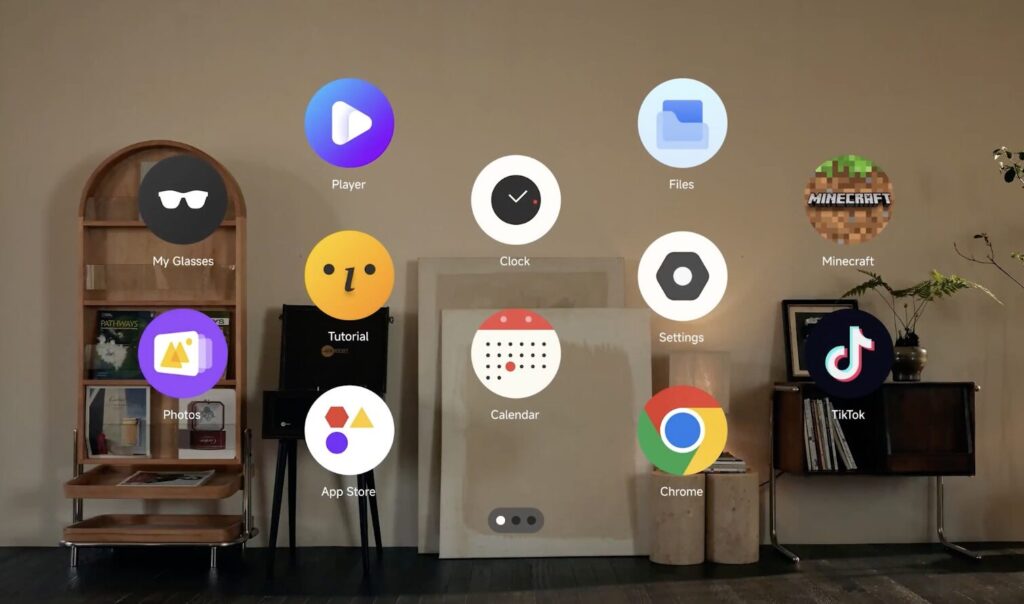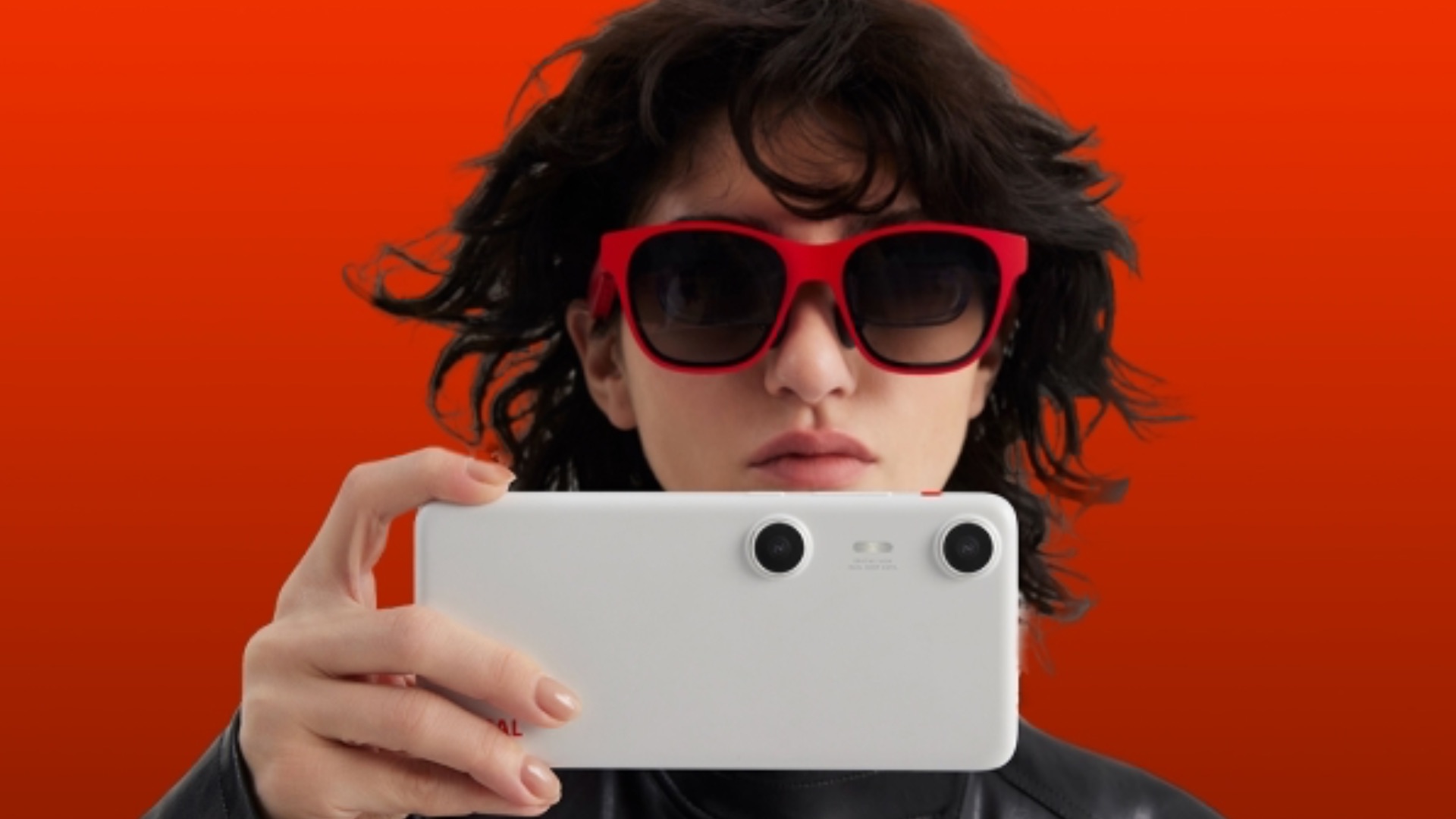Known for its augmented reality glasses that project a transparent image in the middle of the vision, Xreal is launching the Beam Pro, a sort of Android-based iPod touch with two USB-C ports. Its mission is to supply the glasses with electricity and provide them with content to display.
On paper, the Xreal Beam Pro seems like a joke. However, when we look deeper into this phone that doesn't make a phone call, we understand its manufacturer's idea a little better.
Advertisement
Xreal makes augmented reality glasses. Unlike Meta and Apple, which rely on headsets that obstruct vision, Xreal designs products with transparent lenses. Picoprojectors send an image onto the glass, which allows you to have the impression that an image is floating in the middle of your vision.
Xreal's problem is the size of its product. Since the glasses are too small to hold a battery and a mini-computer (let alone control the interface), Xreal forces its customers to connect them to a smartphone, to stream its screen content into the glasses. This is where the Xreal Beam Pro comes in, which makes using your personal phone optional.
Xreal Beam Pro: streaming, video games, spatial videos and an external battery
In a way, Xreal's glasses are just wearable displays. There is nothing computing about these products, since they are incapable of connecting to the Internet or displaying images without external input.
At 229 euros (for 128 GB of storage, with the possibility of adding a Micro SD), the Xreal Beam Pro brings intelligence to the brand's glasses. Connected to the glasses with a USB-C cable (wireless is not yet possible), this fake smartphone first supplies electricity to the glasses. It also offers them an interface specially adapted to augmented reality (and copied and pasted from Apple visionOS), with floating icons. It is an overlay on top of Android, called nebulaOS.
Advertisement

What is the benefit compared to a classic smartphone? Xreal sees several advantages in its product:
- The nebulaOS interface allows use more suited to glasses, with floating horizontal windows, rather than simple horizontal video mirroring.
- The Xreal Beam Pro, like the iPhone 15 Pro, can film in 3D. Presumably inspired by Apple, Xreal allows you to revisit your memories as “spatial videos”. The brand deliberately spaced its two sensors 5 cm apart, with the promise of better inspiration for the eyes.
- Since it has two USB ports, the Xreal Beam Pro can be plugged into a charger and the glasses simultaneously. This allows you not to empty your phone unnecessarily, even if the battery life of 3 hours of streaming is quite light.
- Although Xreal doesn't go into detail, the Beam Pro uses a Qualcomm chip dedicated to augmented reality. It handles spatialization better than other phones.


Is this enough to justify the purchase of this device, which can also be used independently with its 6.5-inch LCD screen (but only via Wi-Fi)? Probably not, even if the concept has the merit of being interesting. Xreal could have been satisfied with a simple Android terminal at a low price, it chose an augmented reality oriented device.
The Xreal Beam Pro is what the Apple Vision Pro battery could have been
With its modern-day portable music player, Xreal perfectly illustrates one of the problems with virtual/augmented reality devices.
With its weight of 600-650 grams, the Apple Vision Pro is an unpleasant product over long periods of use. The Californian brand has however chosen an external battery (which adds 353 grams in the pocket), to reduce the weight. But the sensors and the computer are heavy, in addition to the materials.


Since the release of the Vision Pro, several observers have pointed out the fact that Apple could have contained the computing part of the headset in the external battery, to further reduce its weight. This is exactly what Xreal is proposing with the Beam Pro. Meta, with its future Ray-Ban glasses, should also pivot towards augmented reality.
Unsurprisingly, Xreal offers glasses + Beam Pro packs on its site, to acquire both simultaneously. The Air 2 Pro glasses, those promoted by the brand, generally cost 515 euros.
